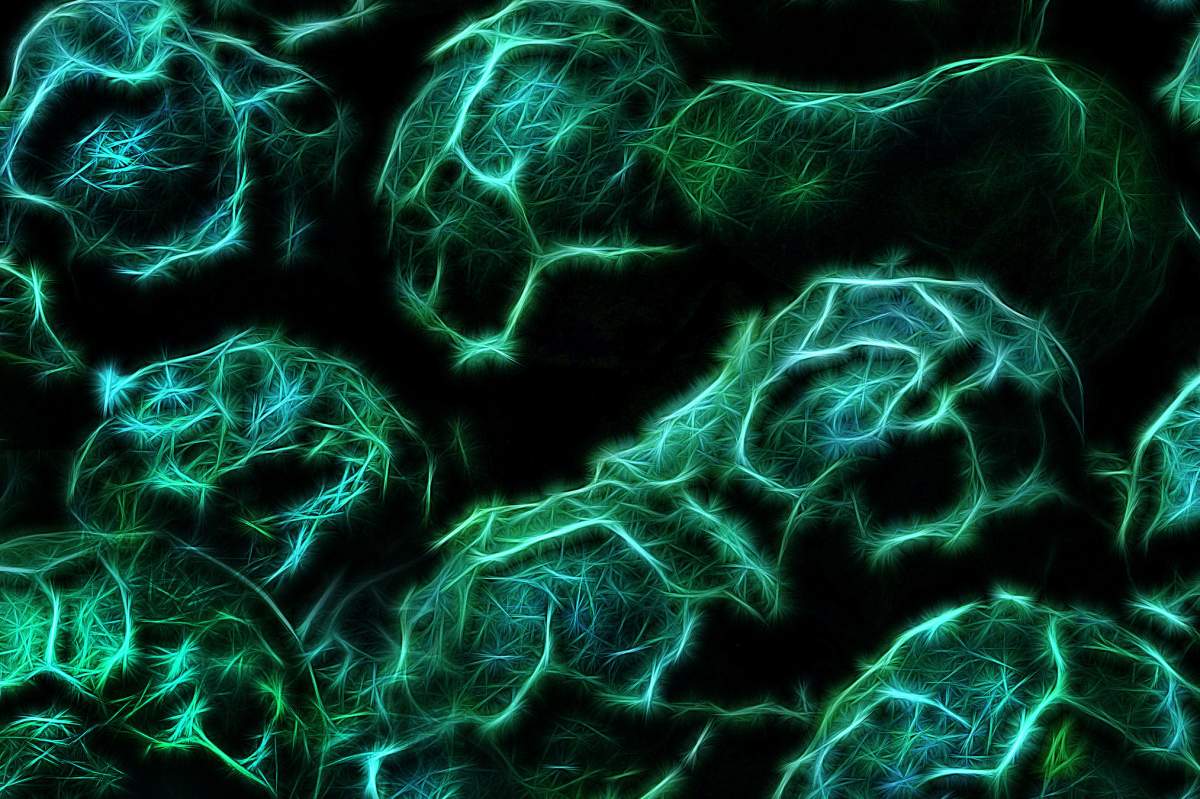
After seeing Night of the Living Dead, did you have to keep telling yourself zombies are just movie make-believe? There actually are zombies in real life, but they aren't people walking around in trances. They are plants under the influence of certain diseases.
Undead Plants
A type of bacterium, called phytoplasma, attacks certain flowering plants. The disease alters the plant so that it can't reproduce, making it dead in the evolutionary sense, though still alive. Instead of reproducing, the undead plant serves the fiendish purposes of the disease, namely spreading it.
In the movie, when a person becomes a zombie, they do nothing but try to make others into zombies.
That's exactly what phytoplasma does to the plant. The disease transforms the plant's development so that it serves to spread the disease. In place of colorful flowers, the plant sprouts clusters of green leaves and grows ugly bunches of stems called "witches brooms." These structures attract sap feeding insects. When the insects feed on the plant, they are contaminated with the disease, and then infect healthy plants.
When Proteins Attacks
By studying how the bacterium causes this transformation, scientists hope to learn more about the developmental processes that give all living things their form, including these living dead.
In 2014, researchers showed that phytoplasma creates the zombie effect with a special protein. This protein attacks the plant's proteins, causing it to turn off the genes that make flowers.
But don't worry, the zombie protein can not be spread to humans.
Read More:
"Bacterial Tricks for Turning Plants into Zombies" (Nature)
"Plant Zombies: How Bacterial Parasites Turn Them Into The Living Dead" (Science 2.0)









